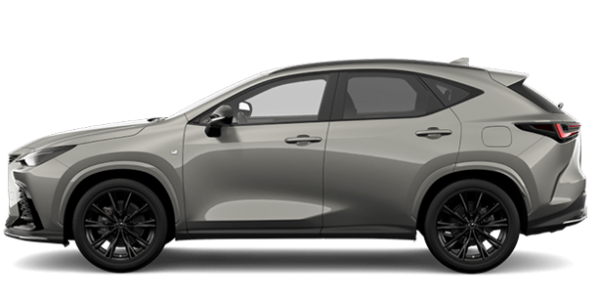Explore Our Top Lexus Models
at Lexus of Lakeridge
Lexus Precision Service
Expert Technicians. Personalized Service.

Welcome to
Lexus of Lakeridge
If you are looking to purchase a new or certified pre-owned Lexus vehicle and you have high expectations, search no further. Lexus of Lakeridge provides all its guests with a luxury vehicle purchasing experience with the offerings of the best selection of new and pre-owned Lexus cars and SUVs, in the Eastern GTA and Durham region. Located at the state-of-the-art Lakeridge Auto Gallery, Lexus of Lakeridge is conveniently situated on Highway 401 at the Salem Rd exit, just 15 minutes east of the Don Valley Parkway.
We are proud to offer you an impressive selection of new and pre-owned Lexus models, quality after-sales services that you can count on, affordable and flexible financing, and a dealership experience like no other. At Lexus of Lakeridge, you will be amazed by the quality of our team of Lexus experts and by the service you receive. We’ve been in business for a long time and the one thing we’ve learned above everything else is that service leads to loyal guests, and loyal guests create a longstanding business. We make sure you’re always satisfied at Lexus of Lakeridge.
Visit us today at Lexus of Lakeridge and learn more about our after-sales services, new and pre-owned vehicle inventory, and, more importantly, our dedication to guest satisfaction. We will never let you down at Lexus of Lakeridge.
Reliability and Refinement Come Standard at Lexus of Lakeridge
The Lexus lineup features some of the most luxurious models in their respective segments, but also some of the safest and most dependable luxury vehicles in the world. A new Lexus will wrap you in comfort, provide you with the efficiency and performance you seek from your premium vehicle, and lasts for as long as you need it to. It’s not surprising that many young adults head to college in their parent’s old Lexus, the cars just stand the test of time.
Pre-Owned Luxury Vehicles You Can Count On
Lexus’s reputation for reliability and durability is well established and well-earned. Lexus vehicles have often been named among the most dependable models in the world, and that means you can buy a pre-owned Lexus vehicle with complete confidence at Lexus of Lakeridge. You will be amazed at the quality of the pre-owned vehicles we have to offer at Lexus of Lakeridge. Our pre-owned vehicles are fully inspected by a diligent staff and anything that needs to be fixed is done before the vehicle goes on sale. We would never sell anything to you that we wouldn’t sell to a family member.
The Best After-Sales Service for Your Lexus
Our team at Lexus of Lakeridge is happy to help keep your Lexus in the very best possible condition for years to come. At Lexus of Lakeridge, we believe in service, honesty, transparency, and an unwavering commitment to excellence. We will work with your vehicle using only the latest equipment and will make sure we follow the recommended maintenance schedule to ensure your vehicle remains in perfect condition.
Trust the experts at Lakeridge Lexus for your service and maintenance needs, or when you are looking for a new or pre-owned vehicle. Let us show you how impressive we can be.








